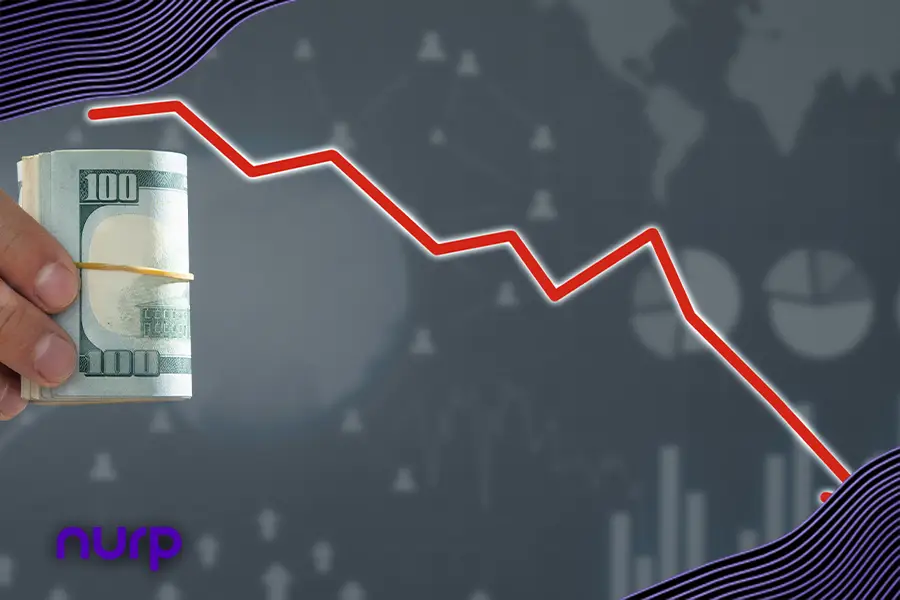Key Takeaways
The Great Depression happened long before quantitative trading existed, showing financial crises have varied causes.
High-frequency trading (HFT) amplified volatility in 2008, but it wasn’t the main cause of the crisis.
The 2010 Flash Crash highlighted the risks of automated trading algorithms, emphasizing the need for regulation.
Introduction
History is littered with financial crises that have scarred economies and societies. From the Great Depression to the 2008 financial meltdown, these catastrophic events have reshaped the financial landscape. But what about quantitative trading? Did the rise of algorithms and high-frequency trading (HFT) contribute to or worsen these financial disasters? Let’s dive into this intriguing topic.
Read More: Unmasking Bias: The Hidden Behavioral Pitfalls in Quantitative Trading
The Great Depression: A Pre-Quant Era Catastrophe
The Great Depression of the 1930s stands as the most severe economic downturn in modern history. Stock markets crashed, banks failed, and millions were unemployed. Back then, quantitative trading as we know it today didn’t exist. The crash was mainly driven by speculative bubbles, lack of regulatory oversight, and sheer panic selling. So, quant trading had no role in this crisis, but it set the stage for the evolution of future financial markets.
The 2008 Financial Crisis: A Quantitative Quandary?
Fast forward to 2008, and the world faced another financial catastrophe. This time, quantitative trading was part of the financial ecosystem. The crisis was triggered by the collapse of the housing bubble, fueled by subprime mortgages and risky financial derivatives. While the primary blame rests on reckless lending practices and the failure of financial institutions to manage risk properly, quantitative trading did play a role.
High-frequency trading (HFT) and complex trading algorithms were deeply embedded in the financial markets by 2008. These systems could execute trades in microseconds, leading to increased market volatility. However, they were not the root cause of the crisis. Instead, the crisis revealed that, when combined with flawed financial products, the speed and volume of HFT could amplify market movements, adding to the chaos.
The Flash Crash of 2010: A Quantitative Wake-Up Call
Perhaps the most direct example of quantitative trading impacting the markets was the Flash Crash on May 6, 2010. Within minutes, the Dow Jones Industrial Average plummeted nearly 1,000 points before rebounding. Investigations pointed to a massive sell order executed by a trading algorithm that triggered a cascade of automated trades. This event highlighted the potential dangers of unregulated and poorly understood algorithms in financial markets.
Conclusion: A Balanced View
While quantitative trading has revolutionized financial markets by providing liquidity and efficiency, it also comes with risks. The biggest financial crises in history weren’t caused by quantitative trading, but in some cases, like the 2008 crisis and the Flash Crash, it worsened market instability. Quantitative trading, like any technology, offers tremendous benefits and significant risks alike. As financial markets continue to evolve, the importance of regulation and oversight in managing these powerful tools cannot be overstated.
The post The Biggest Financial Crises in History: Did Quantitative Trading Play a Role? first appeared on Nurp.com.






